
- Subject:
- Applied Science
- Biology
- Life Science
- Material Type:
- Module
- Author:
- OpenStax College
- Date Added:
- 07/18/2021


By the end of this section, you will be able to:Explain why an animal’s diet should be balanced and meet the needs of the bodyDefine the primary components of foodDescribe the essential nutrients required for cellular function that cannot be synthesized by the animal bodyExplain how energy is produced through diet and digestionDescribe how excess carbohydrates and energy are stored in the body
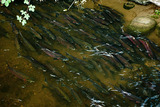
By the end of this section, you will be able to:Discuss internal and external methods of fertilizationDescribe the methods used by animals for development of offspring during gestationDescribe the anatomical adaptions that occurred in animals to facilitate reproduction
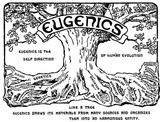
By the end of this section, you will be able to:Discuss how fertilization occursExplain how the embryo forms from the zygoteDiscuss the role of cleavage and gastrulation in animal development

By the end of this chapter, you will be able to:Describe the roles of male and female reproductive hormonesDiscuss the interplay of the ovarian and menstrual cyclesDescribe the process of menopause
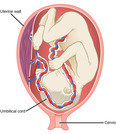
By the end of this section, you will be able to:Explain fetal development during the three trimesters of gestationDescribe labor and deliveryCompare the efficacy and duration of various types of contraceptionDiscuss causes of infertility and the therapeutic options available
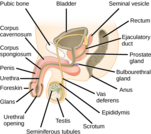
By the end of this section, you will be able to:Describe human male and female reproductive anatomiesDiscuss the human sexual responseDescribe spermatogenesis and oogenesis and discuss their differences and similarities
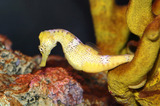
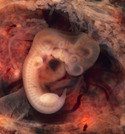
By the end of this section, you will be able to:Describe the process of organogenesisIdentify the anatomical axes formed in vertebrates
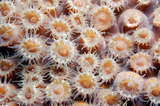
By the end of this section, you will be able to:Describe advantages and disadvantages of asexual and sexual reproductionDiscuss asexual reproduction methodsDiscuss sexual reproduction methods

By the end of this section, you will be able to:Explain how vacuoles, present in microorganisms, work to excrete wasteDescribe the way in which flame cells and nephridia in worms perform excretory functions and maintain osmotic balanceExplain how insects use Malpighian tubules to excrete wastes and maintain osmotic balance

By the end of this section, you will be able to:Explain how hormonal cues help the kidneys synchronize the osmotic needs of the bodyDescribe how hormones like epinephrine, norepinephrine, renin-angiotensin, aldosterone, anti-diuretic hormone, and atrial natriuretic peptide help regulate waste elimination, maintain correct osmolarity, and perform other osmoregulatory functions


By the end of this section, you will be able to:Compare and contrast the way in which aquatic animals and terrestrial animals can eliminate toxic ammonia from their systemsCompare the major byproduct of ammonia metabolism in vertebrate animals to that of birds, insects, and reptiles

By the end of this section, you will be able to:Define osmosis and explain its role within moleculesExplain why osmoregulation and osmotic balance are important body functionsDescribe active transport mechanismsExplain osmolarity and the way in which it is measuredDescribe osmoregulators or osmoconformers and how these tools allow animals to adapt to different environments
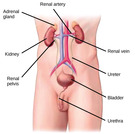
By the end of this section, you will be able to:Explain how the kidneys serve as the main osmoregulatory organs in mammalian systemsDescribe the structure of the kidneys and the functions of the parts of the kidneyDescribe how the nephron is the functional unit of the kidney and explain how it actively filters blood and generates urineDetail the three steps in the formation of urine: glomerular filtration, tubular reabsorption, and tubular secretion
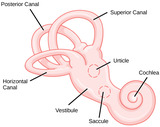
By the end of this section, you will be able to:Describe the relationship of amplitude and frequency of a sound wave to attributes of soundTrace the path of sound through the auditory system to the site of transduction of soundIdentify the structures of the vestibular system that respond to gravity

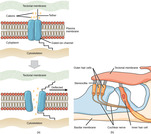
By the end of this section, you will be able to:Identify the general and special senses in humansDescribe three important steps in sensory perceptionExplain the concept of just-noticeable difference in sensory perception
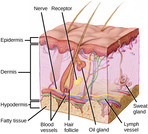
By the end of this section, you will be able to:Describe four important mechanoreceptors in human skinDescribe the topographical distribution of somatosensory receptors between glabrous and hairy skinExplain why the perception of pain is subjective